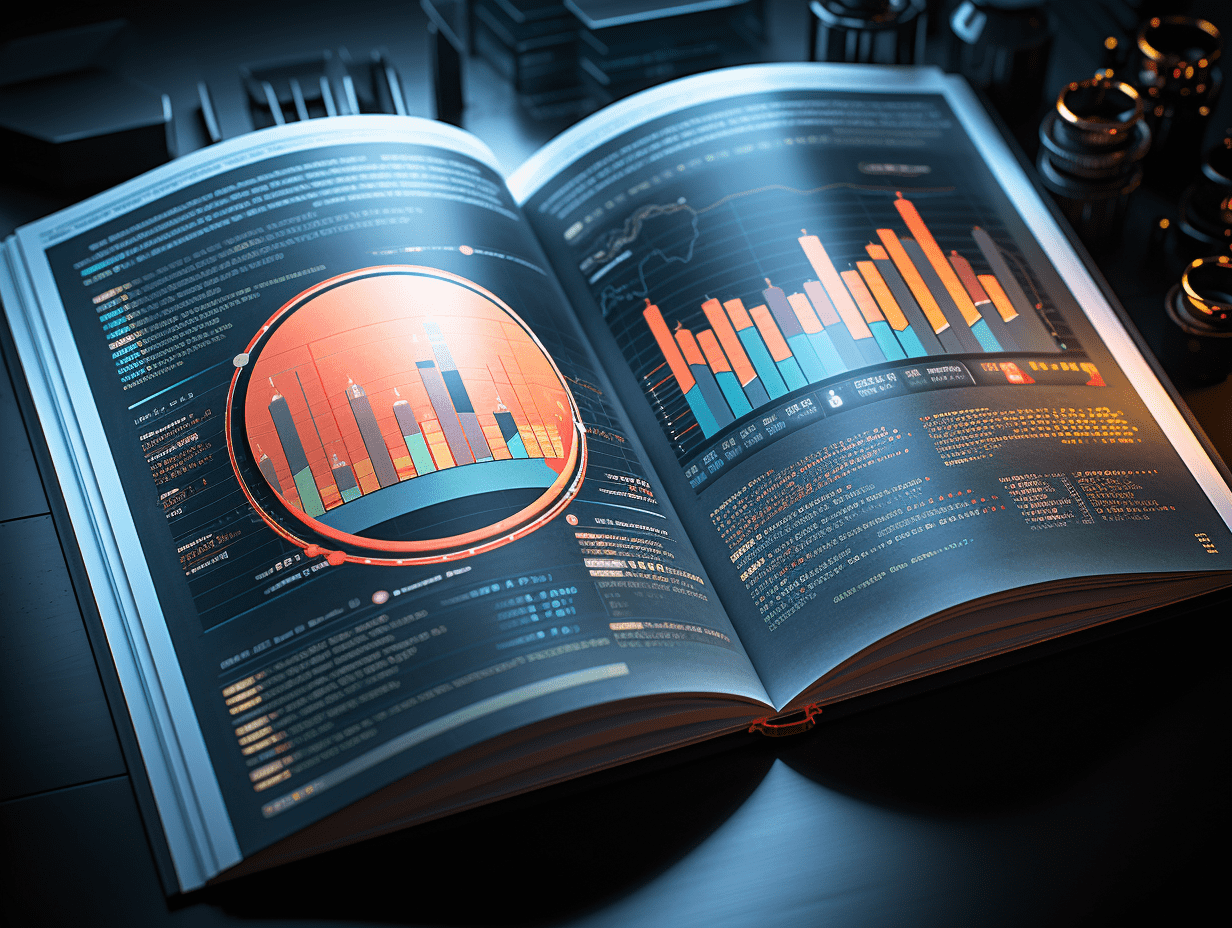
Heavy rare earths are the first dual-use materials to be included in export control. Industry insiders expect the prices of heavy rare earths to rise as a result.
After the rare earth import mines were included in the control, China's export control of rare earths is also being strengthened. On April 4th, the Ministry of Commerce, together with the General Administration of Customs, issued a notice on the implementation of export control measures on seven categories of medium and heavy rare earth-related items including samarium, gadolinium, terbium, dysprosium, lutetium, scandium, yttrium, etc., and officially implemented it from the date of publication. According to the notice, the seven categories of medium and heavy rare earth-related items subject to export control measures cover various forms such as metals, alloys, target materials, oxides, compounds, etc.
Financial Union journalists learned that China Rare Earth Resources And Technology mainly exports light rare earths, with the largest export volume of light rare earth elements including lanthanum, cerium, neodymium, etc.; followed by some medium and heavy rare earth elements such as praseodymium, dysprosium, terbium, etc. In terms of export destinations, light rare earths are mainly sold to the United States, Japan, the Netherlands, etc., while medium and heavy rare earths mainly flow to Japan, South Korea, etc.
Industry insiders told Financial Union journalists that the United States mainly imports light rare earths such as lanthanum, cerium from China. The implementation of export control measures on medium and heavy rare earths this time may have a greater impact on Japan's rare earth imports.
An analyst told Financial Union journalists, "Compared with other minor metals, the seven categories of medium and heavy rare earths that are subject to export control measures this time are basically not produced overseas, but they have a wide range of applications. After the export volume of medium and heavy rare earths is restricted, it is expected to have an impact on domestic rare earth prices, which may show an early rise, followed by adjustments, and future continuous price increases. Medium and heavy rare earths, due to their high strategic value and stricter policy control, may gradually shift towards high-end applications and indirect exports in the future."
Financial Union journalists noted that, in December 2024, China implemented export controls on antimony and other items, further exacerbating the price difference between domestic and overseas markets. Wind data shows that in March of this year, the price of domestic antimony ingots soared to 162,500 yuan/ton, while the price of overseas antimony has reached as high as 372,300 yuan/ton, with a price difference of over 210,000 yuan/ton between domestic and overseas markets.
According to a research report released by China Securities Co., Ltd. on March 16, "China controls the export of antimony goods - the price of overseas antimony rises - as 'flour is more expensive than bread' - domestic shortage leads to rising prices of antimony" The logic chain is still ongoing."
In recent years, China has been strengthening its export control of rare earths. Industry insiders told Financial Union journalists that previously, China's restrictions on rare earth exports were mainly on upstream smelting and separation technologies. In terms of export product forms, light rare earths are mainly exported in the form of oxides, carbonates, and primary alloys, while medium and heavy rare earths are more often exported indirectly as high-value-added products such as neodymium iron boron permanent magnet materials.
Publicly available data shows that rare earths are strategic mineral resources fought over globally and play an important role in high-precision industries such as aerospace, national defense, electronics, information technology, and new energy. With the acceleration of the new round of technological revolution and industrial transformation, the risks to global supply chain security are becoming increasingly prominent, and the strategic value of rare earths is rapidly increasing, making it an important target in the competition for resources and industries among major countries. As the only country in the world with the complete production capacity of the rare earth industry chain, China has introduced a series of policies to promote the high-quality development of the rare earth industry and ensure the safety of the domestic rare earth supply.
On December 1, 2024, the "Regulations on the Export Control of Dual-Use Items of the People's Republic of China" was officially implemented. It is worth mentioning that after the implementation of this regulation, samarium, gadolinium, terbium, dysprosium, lutetium, scandium, yttrium, and other seven categories of medium and heavy rare earth-related items became the first dual-use substances to be explicitly included in the export control. The spokesperson of the Ministry of Commerce stated on the day that the relevant items have dual-use attributes, and the implementation of export control on them is an international practice.
Rare earths are a collective term for 17 elements such as lanthanum, cerium, praseodymium, neodymium, promethium, samarium, europium, gadolinium, terbium, dysprosium, holmium, erbium, thulium, ytterbium, lutetium, scandium, and yttrium, and are non-renewable scarce strategic resources. Based on the atomic electron layer structure and physical and chemical properties of rare earth elements, as well as their coexistence in minerals and the production of different properties due to different ion radii, the 17 rare earth elements can be divided into light rare earths and medium and heavy rare earths. Among them, medium and heavy rare earths are more valuable than light rare earths due to their high value and limited reserves.
According to data from the Institute of In-Depth Production Research of Chinese Enterprises, China dominates the global rare earth supply chain, controlling about 70% of the global rare earth production and 90% of the rare earth refining capacity. According to related data, China's rare earth production reached 240,000 tons in 2023, accounting for about two-thirds of the global production, with reserves reaching 44 million tons, accounting for 40% of global reserves.
In terms of distribution, China Rare Earth Resources And Technology resources generally show a south-heavy-north-light pattern. Among them, light rare earths are concentrated in Inner Mongolia, Sichuan, etc., while ionic rare earths (heavy rare earths) are distributed in Jiangxi, Fujian, Guangdong, Yunnan, etc., accounting for more than 80% of the global heavy rare earth reserves.
RECOMMEND
©️2013 - 2025 GMT EIGHT Holdings. All Rights Reserved.
Contact: [email protected]


